Peonies are timeless garden favorites, known for their big, fragrant blooms and long life. While many gardeners choose root division for quick results, Peony Seed Planting offers a unique, cost-effective way to grow these flowers. It may take a few years before seed-grown peonies bloom, but the reward of seeing them flourish makes the wait worthwhile. Gardening with peony seeds is not just about the flowers—it’s about patience, learning, and the joy of the journey. If you prefer easier options for quick summer color, see our guide on low-maintenance outdoor flowering plants.
Benefits of Peony Seed Planting
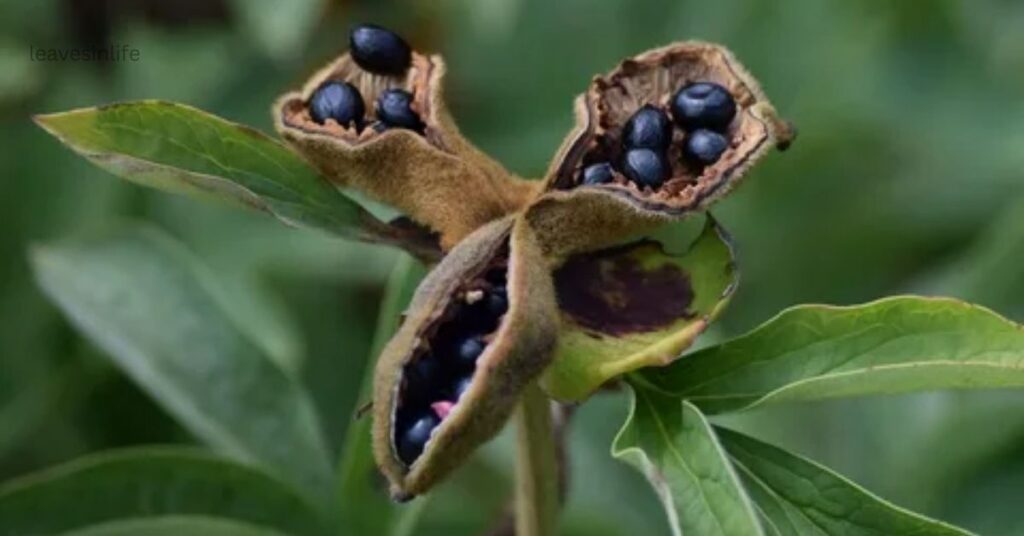
Growing peonies from seeds may take more time, but the rewards are worth it. Here are some key benefits that make Peony Seed Planting an exciting choice:
- Cost-effective: A few seeds can produce many plants, making it more budget-friendly than buying established roots.
- Unique hybrids and colors: Seed-grown peonies often surprise gardeners with new shades and varieties you won’t find in stores.
- Eco-friendly propagation: Planting from seed is a natural and sustainable way to expand your garden without chemical treatments.
- Long-lived plants: Once established, peonies can thrive for decades, often outlasting the gardener who planted them.
If you’re patient, growing peonies from seeds can give you a one-of-a-kind garden full of rare, long-lasting blooms.
Peony Seed Planting: Understanding Seed Types and Varieties
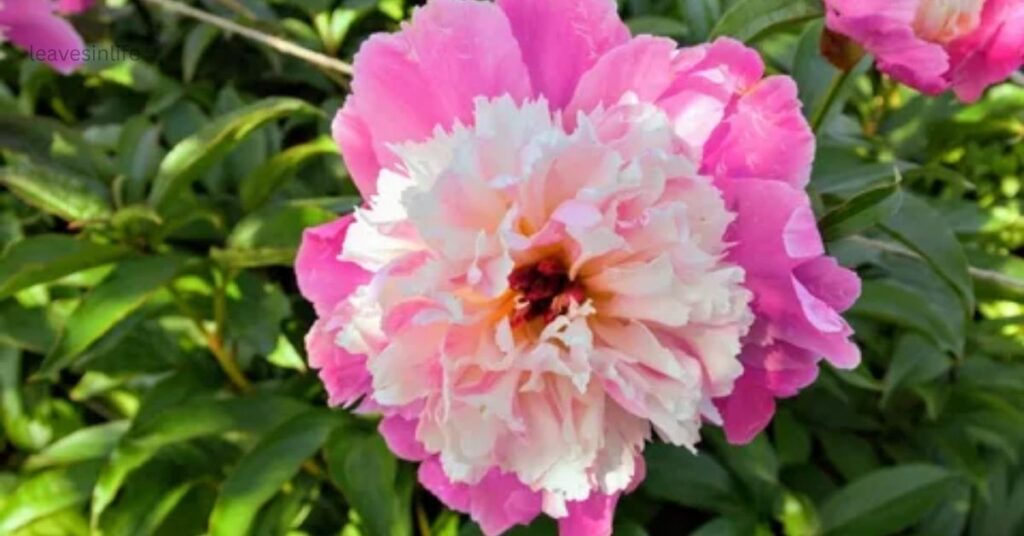
Before you start your Peony Seed Planting journey, it’s helpful to understand the different types of peonies and their seeds. Knowing what to expect will make the process more exciting and rewarding.
- Tree Peony vs. Herbaceous Peony:
Tree peonies have woody stems and produce large, exotic-looking flowers, while herbaceous peonies die back each winter and regrow in spring. Both can be grown from seed, but they have slightly different growth habits. - Common Colors and Varieties:
Peonies come in classic shades like white, pink, red, and even yellow. When grown from seeds, you might discover unique blends or rare hues—almost like opening a surprise gift from nature. - Seed Appearance and Ripeness:
Fresh peony seeds are usually plump, round, and dark brown or black. If the seeds feel firm and shiny, they’re mature and ready for planting. Immature seeds, on the other hand, look shriveled or light in color. - Fresh vs. Old Seeds:
Fresh seeds have a much higher germination rate, while older seeds can take longer or sometimes fail to sprout. If you want the best chance of success, always choose freshly harvested seeds.
Fun fact: Many gardeners compare planting peony seeds to unwrapping a mystery package—you never know what unique flower will bloom in a few years.
Step-by-Step Peony Seed Planting Process

Growing peonies from seeds takes patience, but with the right steps, you can set yourself up for success.
Here’s a simple process to follow:
Collecting and Cleaning Seeds
- Harvest peony seeds when the seed pods split open in late summer.
- Choose seeds that are plump and dark in color.
- Rinse them gently to remove any pulp or debris before storage.
Understanding Stratification (Warm + Cold Stages)
- Peony seeds need two phases to germinate: a warm stage followed by a cold stage.
- First, keep the seeds in a moist medium (like damp sand or paper towel) at room temperature for 8–12 weeks.
- Then, place them in the refrigerator (not freezer) for another 8–12 weeks. This mimics natural seasonal changes.
Best Time to Sow Seeds
- Late summer to early autumn is the ideal time for Peony Seed Planting, as it lets seeds establish naturally before winter.
Planting Depth
- Sow seeds about 1–2 cm (½ inch) deep in the soil.
- Cover lightly with soil and gently water.
Spacing and Placement
- Leave at least 5–10 cm (2–4 inches) between seeds to allow space for roots.
- If planting in a seed tray, plan to transplant once seedlings grow stronger.
Sunlight and Shade Balance
- Peonies thrive in full sun but appreciate partial shade in hot climates.
- Aim for at least 6 hours of sunlight daily.
Peony Seed Planting requires patience! While some seeds sprout quickly, others may take a year. Keep soil moist, but never let it get soggy.
Best Soil and Climate Conditions for Peony Growth
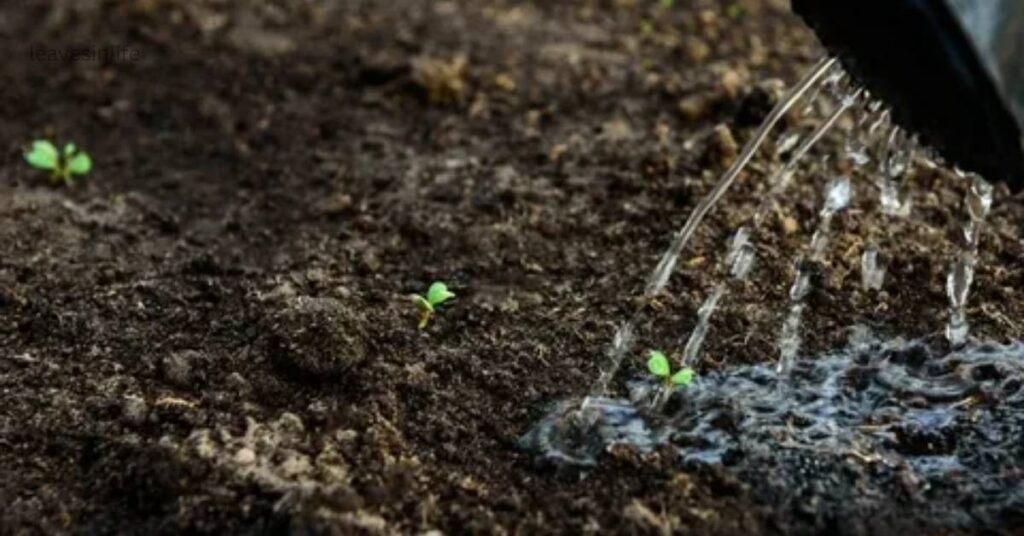
For Peony Seed Planting to succeed, the right soil and climate are just as important as the seeds themselves. Here’s what you need to know:
- Well-Draining Soil:
Peonies dislike “wet feet.” Soil that holds too much water can cause the roots to rot. Choose a sandy loam or loamy soil that drains well but still retains some moisture. - Soil pH (Neutral to Slightly Acidic):
Peonies thrive in soil with a pH between 6.5 and 7.0. Slightly acidic to neutral soil creates the perfect balance for strong root and flower development. - Add Organic Matter:
Mixing compost or well-rotted manure into the soil improves fertility, boosts aeration, and helps retain the right amount of moisture. This creates a nutrient-rich environment for healthy peony growth. - Cool Climate Advantage:
Peonies naturally love cooler climates, which is why they flourish in regions with cold winters. The chilling period helps their seeds and roots reset for stronger growth each spring. Even in warmer regions, they benefit from a bit of winter chill.
If your soil is heavy clay, improve drainage by adding sand and compost before planting. Healthy soil = happy peonies!
Peony Seed Planting Mistakes to Avoid
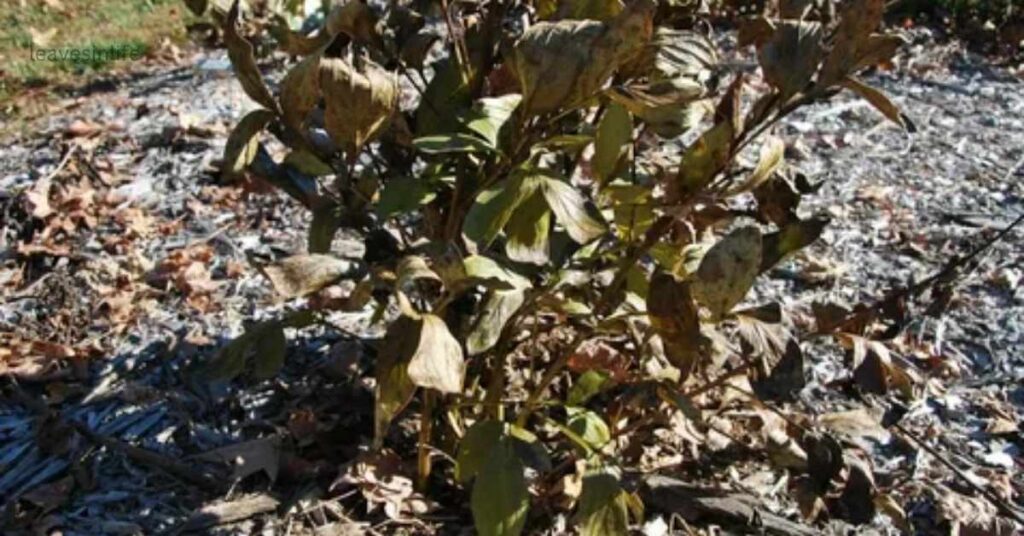
Even with the best intentions, many gardeners make simple Peony Seed Planting mistakes that delay or prevent seeds from sprouting. Here are the most common errors—and how to avoid them.
- Letting Seeds Dry Out
Peony seeds need consistent moisture to stay viable. If they dry out, their chances of germination drop drastically. Always store and sow them in a slightly damp medium. - Planting Too Deep or Too Shallow
Seeds buried too deep may struggle to reach the surface, while seeds planted too shallow can dry out or be washed away. Stick to the recommended 1–2 cm depth for best results. - Overwatering (Waterlogging Risk)
While peonies need moisture, soggy soil suffocates the seeds and can cause rot. Use well-draining soil and water moderately. - Planting in the Wrong Season
Timing matters. Late summer to early autumn is ideal because it mimics the plant’s natural cycle. Planting in the wrong season can delay or prevent germination. - Lack of Patience
Perhaps the biggest mistake is giving up too soon. Peony seeds are slow growers—it may take months, even years, before you see blooms. Patience is part of the process.
Reminder: Growing peonies from seed is a long-term investment. Avoid these mistakes, and you’ll eventually enjoy a garden full of stunning, long-lasting flowers.
Peony Seed Planting Care: Watering, Fertilizing, and Protection
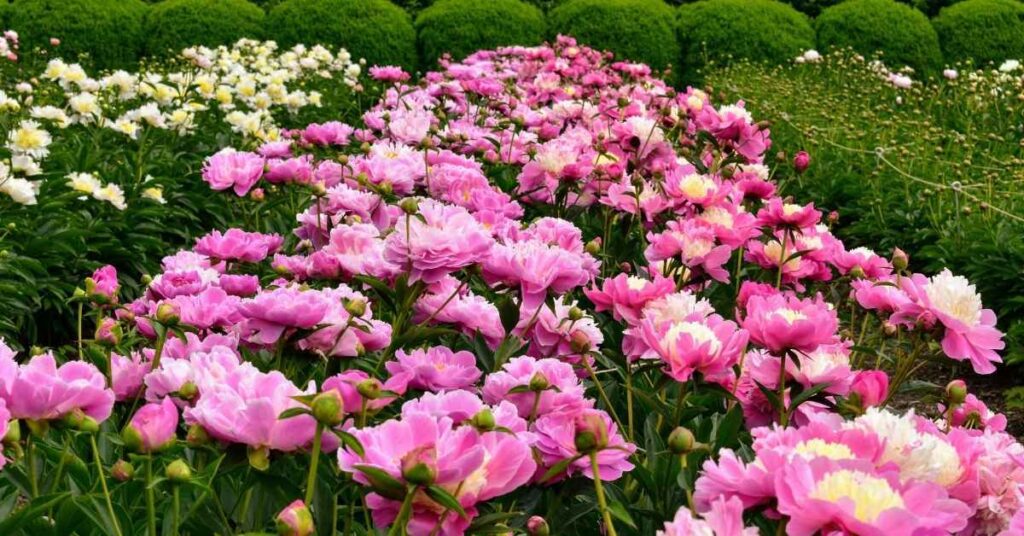
Once your peony seeds sprout and start growing, proper care is the key to healthy plants and vibrant blooms. If you also grow roses, you’ll love our article on 26 companion plants for roses to design a stunning garden mix.
- Watering Regularly (But Not Too Much):
Keep the soil evenly moist, especially during the growing season. Avoid overwatering—peonies prefer deep watering once a week rather than frequent light watering. - Using a Balanced Fertilizer:
In early spring, apply a balanced fertilizer (like 10-10-10) to encourage strong root and stem growth. Avoid over-fertilizing, as it can lead to weak stems and fewer blooms. - Importance of Mulching:
Add a layer of organic mulch around the base of the plant. This helps retain moisture, regulate soil temperature, and keep weeds under control. - Pest and Disease Prevention:
Watch out for common issues like botrytis blight (gray mold). Ensure good air circulation, avoid overhead watering, and remove any diseased leaves immediately. - Winter Protection:
In colder regions, peonies benefit from winter mulch to protect young roots from extreme frost. Remove the mulch in early spring as new shoots emerge.
Tip: For the best results in Peony Seed Planting, give your plants balanced sunlight, water, and nutrition. With steady care, they’ll bloom beautifully year after year. For advanced guidance, check out this expert resource on Growing Peonies from Seed by Cricket Hill Garden.”
Final Thoughts on Successful Peony Seed Planting
Peony Seed Planting is not the fastest way to grow flowers, but it is certainly one of the most rewarding. Let’s quickly recap the key points:
- Use fresh, healthy seeds and prepare them with proper stratification.
- Plant at the right depth and season in well-draining, nutrient-rich soil.
- Care for your seedlings with balanced watering, fertilizing, and protection from pests and frost.
Above all, remember that patience and consistency are the heart of this process. Unlike quick-growing plants, peonies may take years to bloom—but when they do, the sight is unforgettable.
The beauty of seed-grown peonies is that every bloom feels like a personal reward. They’re not just flowers; they’re a reminder that time, care, and dedication always pay off.

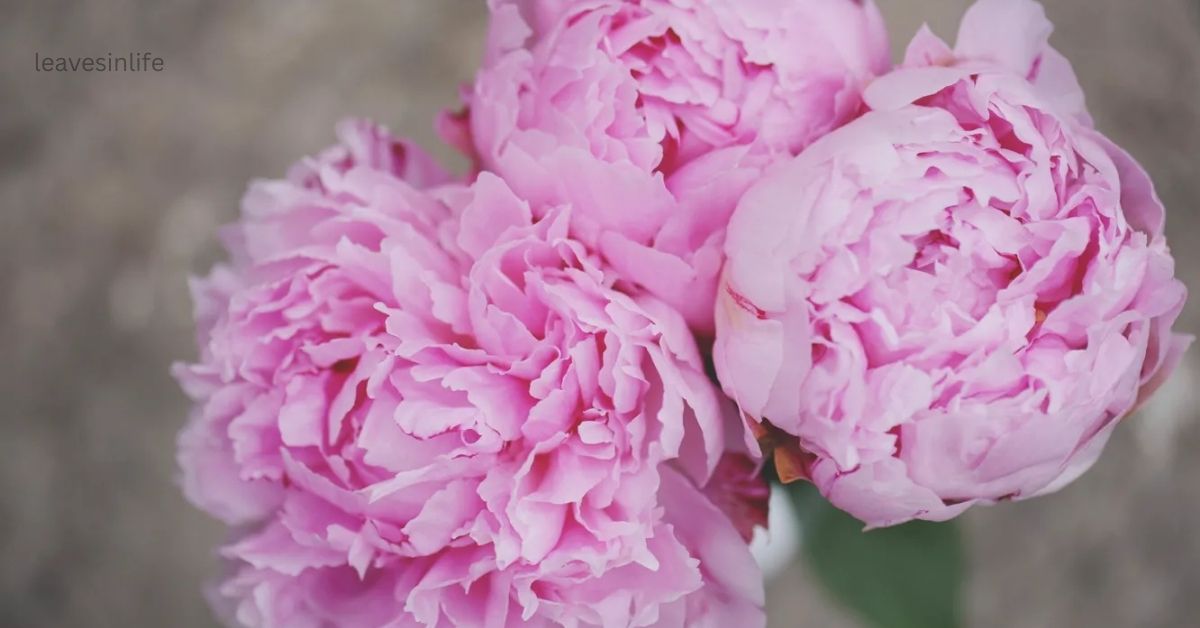

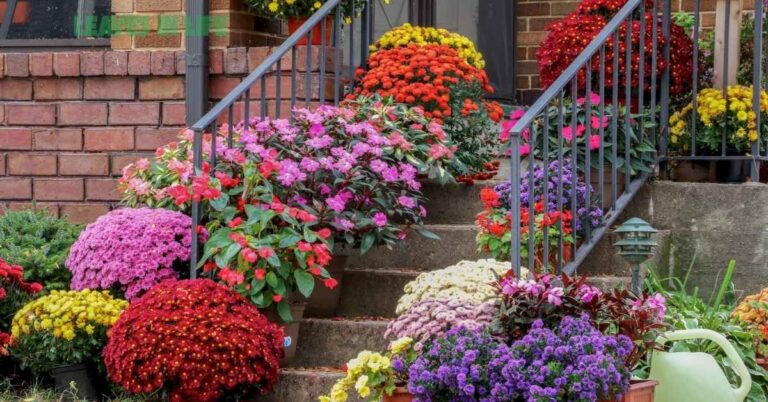
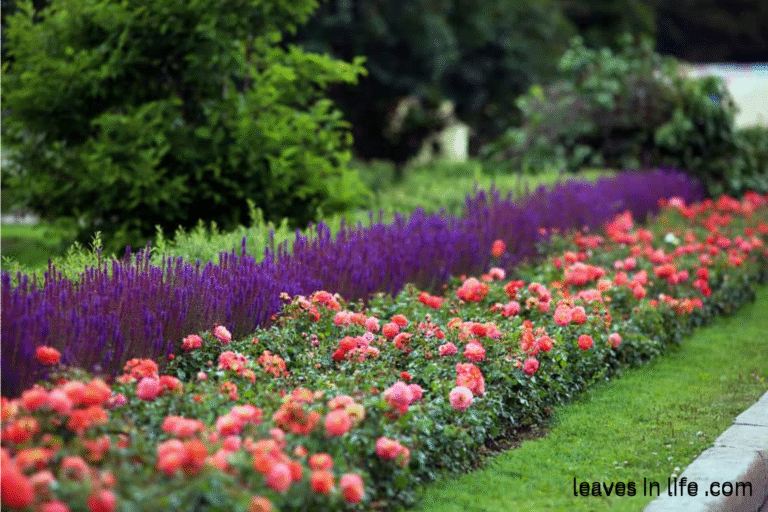
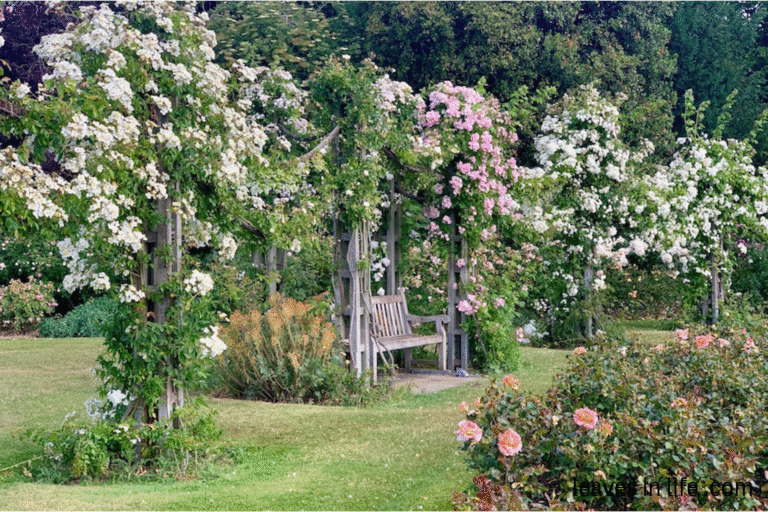

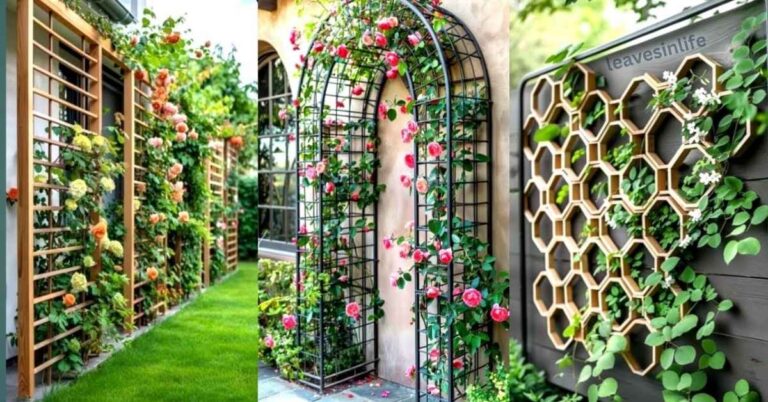
One Comment
Comments are closed.